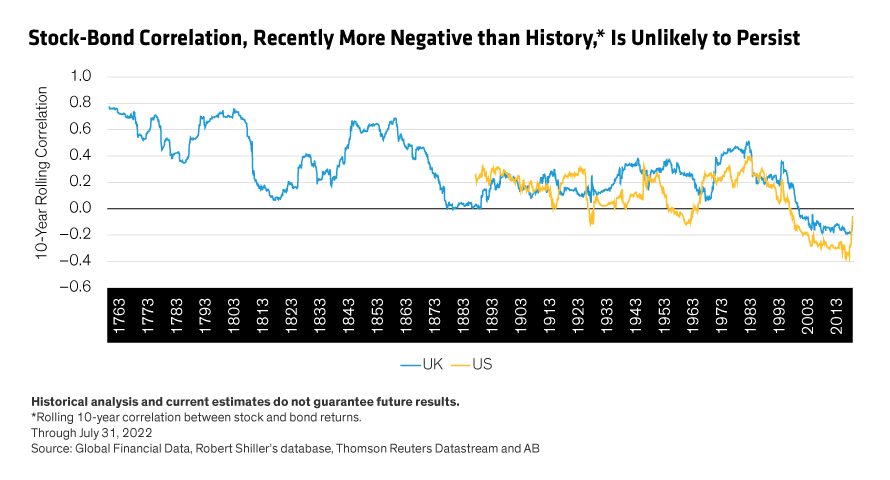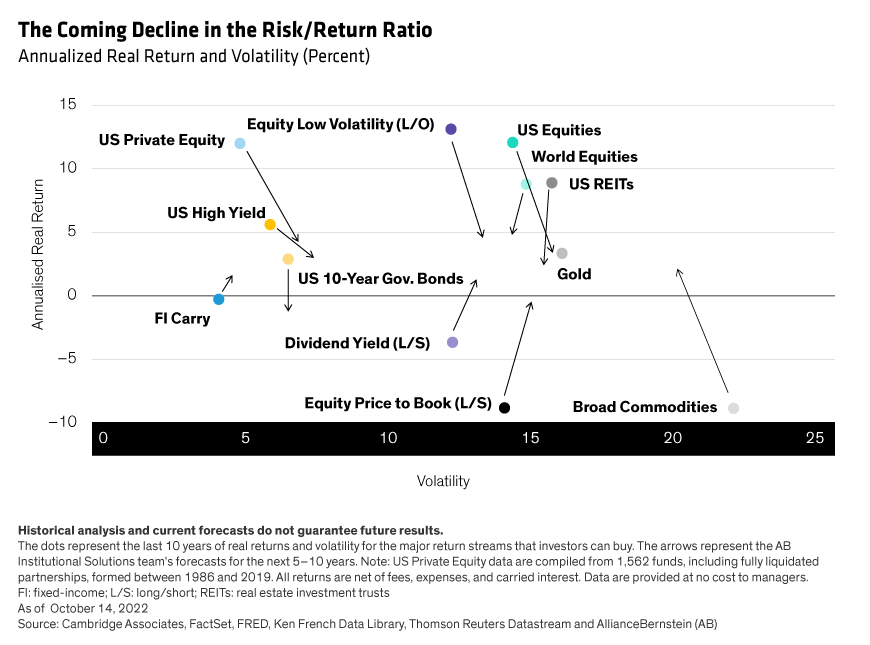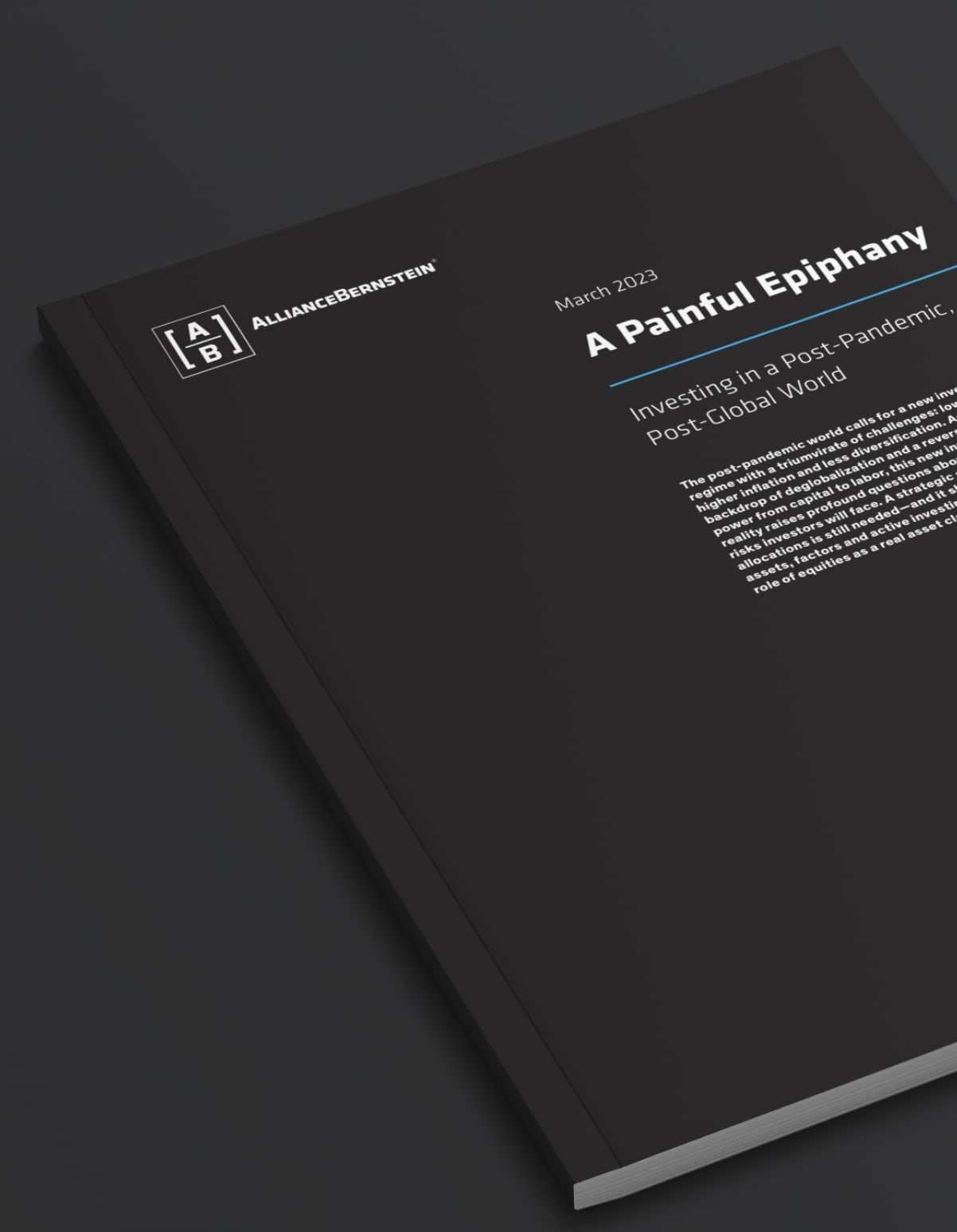This information is directed at Professional Clients only and is not intended for public use.
Overview
This black book assesses the investment environment from the asset owner’s perspective. The pandemic marked a break in the investment regime, and the new investment reality demands a change in the approach to asset allocation and the outlook for capital markets—one that will bring about an evolution in the investment industry.
Content Preview
-
PART I: THE INVESTMENT ENVIRONMENT
-
PART II: ASSET CLASSES, FACTORS & ALLOCATION
-
PART III: THE INVESTMENT INDUSTRY
- PART I: THE INVESTMENT ENVIRONMENT
- PART II: ASSET CLASSES, FACTORS & ALLOCATION
- PART III: THE INVESTMENT INDUSTRY

Part I: The Investment Environment
Our thesis is that the pandemic has marked a shift in the investment environment. Not all this change is due to the pandemic itself; some elements, such as deglobalization, the prospect of lower asset-class returns and the need for private assets, have roots from long before the pandemic.
The shock of 2022 was that bonds didn’t diversify equity risk. The extreme positive correlation of that year might not persist, but we show that for most of the past 250 years, a slightly positive correlation has been the norm. While it’s hard to identify the consistent forces that have driven this relationship over such an extended period, both the level and volatility of inflation point to the stock-bond correlation remaining in a range from zero to slightly positive.
Part II: Asset Classes, Factors and Allocation
We address key allocation questions for portfolios, including allocations to public versus private markets and equities versus bonds, and examine the role of digital assets.
The rotation into private assets has been a defining allocation shift over the last decade, and seems set to continue, with record dry powder allocated to private equity.
However, we see a growing tension between these forces and the need for liquidity. A definitive upturn in interest rates, the persistently higher volatility of rates and inflation, and a return of the business cycle all point to a step change in the need for liquidity.

Part III: The Investment Industry
The “painful epiphany” referenced in the title of this black book is the prospect of lower real Sharpe ratios. Lower nominal returns, higher inflation over a strategic horizon and less diversification all point to this outcome.
Strategic asset allocation matters in a way it hasn’t for a long time, and there’s still a needed shift in that allocation. The choice for asset owners is some combination of illiquid assets, factor exposure, leverage or active management.
Accepting a different level of risk will be part of the shift to a new regime, but it has to happen hand in hand with setting appropriate time horizons. And a plethora of very cheap market and factor exposures implies that manager benchmarks should be multivariate, not a single market index.
Recorded webcast
Explore what a new investment regime means for investors.

We hope this black book will prompt debate about what we see as the key issues facing asset allocators and investors, including:
- Adapting to a new investment regime after an extraordinary few decades
- How to protect against strategically higher inflation
- Public vs. private markets and the future of asset allocation
- The role of ESG in investment methodology
- A new lens on the active-passive investing debate
- The role of digital assets in portfolios
- Asset classes may not be the only basis for allocation—factors may work, too